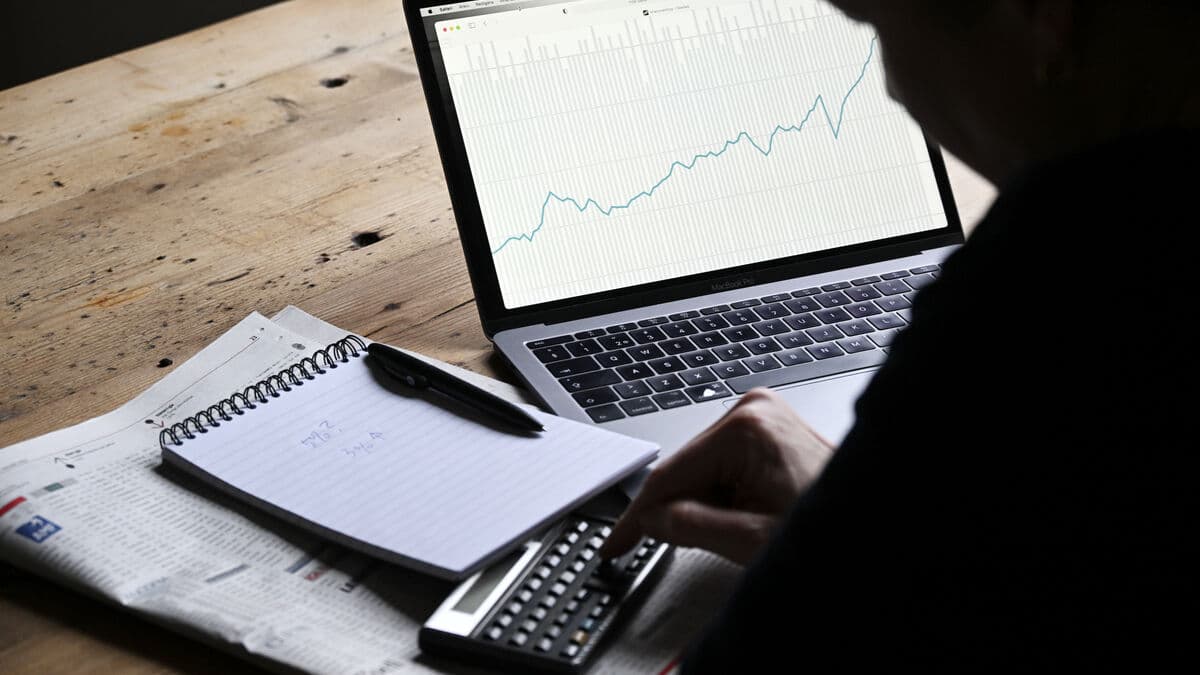Simply put, there are two types of funds: index funds, which follow the development of the stock market, and actively managed funds, where fund managers select companies that they believe will outperform the stock market index.
The Swedish Financial Supervisory Authority (FI) has produced comparative figures that savers can use to see how their fund fees compare to the average.
Hundreds of thousands of kronor in fees
The average fee for actively managed funds is 1.30 percent, both in Sweden and globally. Swedish index funds cost an average of 0.20 percent, while global index funds have a fee of 0.35 percent.
Moa Langemark, consumer protection economist at FI, believes that knowledge about fund fees is crucial because Swedes invest quite a lot of money in fund fees in long-term savings.
There are probably few products where consumers are as price insensitive as when it comes to mutual funds. Savings in mutual funds may be perceived as something diffuse and far in the future, she says.
But the fact is that the differences in fund fees can be large – if you save SEK 2,000 a month for 30 years in a fund with a 1.30 percent fee, compared to a fund that charges 0.35 percent, and with an average return of 7 percent per year, the difference in fees is SEK 229,168, according to the Swedish Financial Supervisory Authority's calculations.
A difference of one percentage point may sound small, but in long-term savings it means you are paying more than SEK 200,000 extra for a fund that is one percentage point more expensive, says Moa Langemark.
Higher fee – higher return
How likely is it that different funds would have an average return of 7 percent per year?
It may not be that likely that it will be 7 percent every year. But if you look at it historically, the average has been 7 percent going back in time. Then you don't know how it will go in the future.
Many who choose actively managed funds do so in the hope that the higher fee will yield higher returns.
Historically, it has proven to be very difficult to beat an index over time – very few manage it, and it is rare to succeed time and time again. If you are going to invest in an actively managed fund, you also need to be active yourself and follow up to ensure that the fund actually develops as it says it will, says Moa Langemark.
Do you want to start saving in mutual funds but are not familiar with them? Read on konsumenternas.se, an independent foundation that works for the best interests of consumers in the financial market.
Be aware that when you call your bank, you are calling a salesperson. Just as a Volvo salesperson will try to sell you a Volvo, a bank advisor will likely try to sell you the bank's funds.
Do you want to invest in actively managed funds? If so, be active yourself, go in and look at the funds' annual reports and fact sheets from time to time to follow up and see that it is a fund that continues to do what it says it will do.
Even if you choose to invest in index funds, don't sit back, go in from time to time and check how the balance looks. If you are looking for cheap index funds, there may be new index funds you can apply to.
Source: Moa Langemark, Swedish Financial Supervisory Authority.





